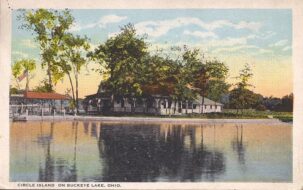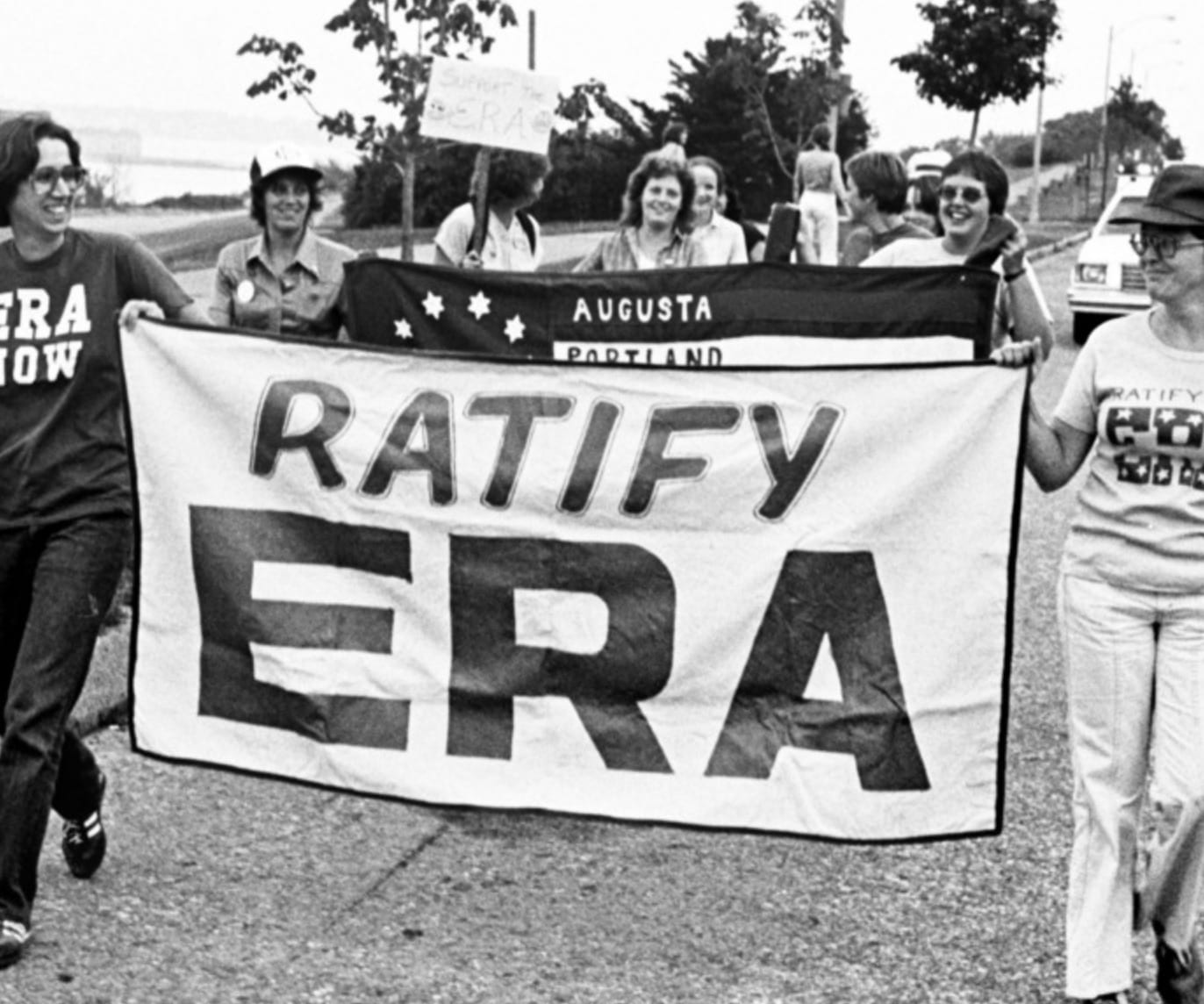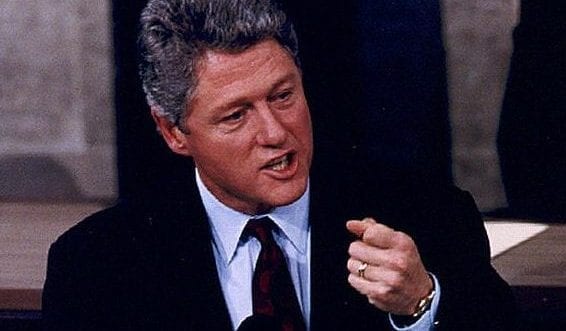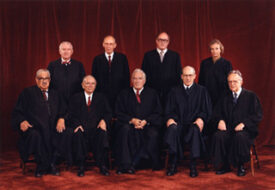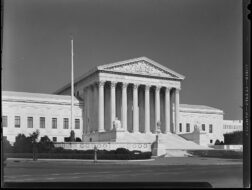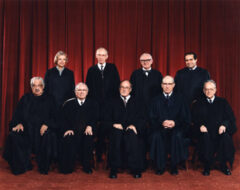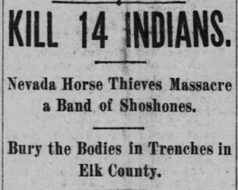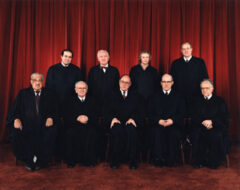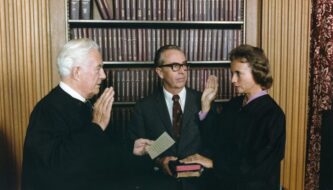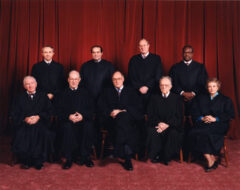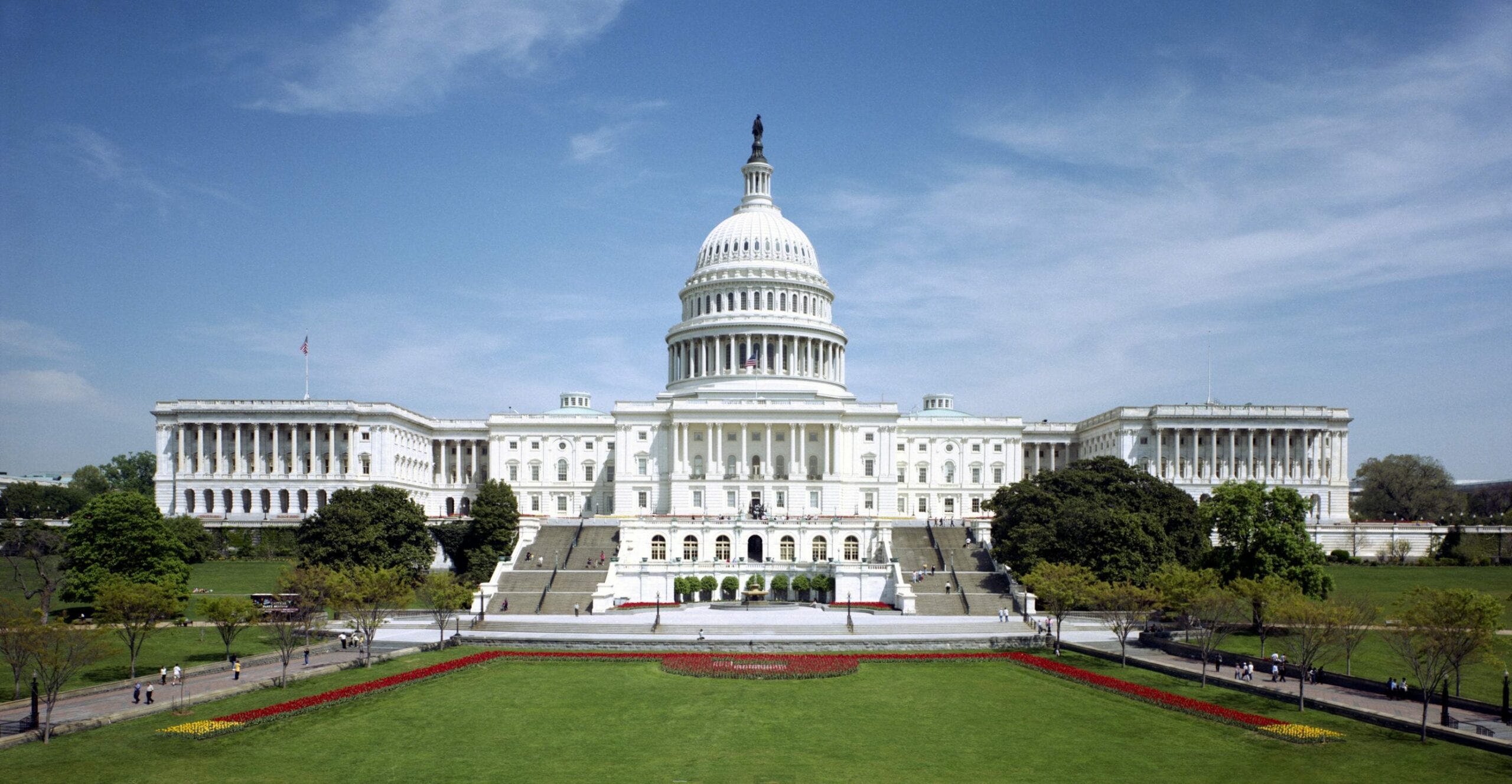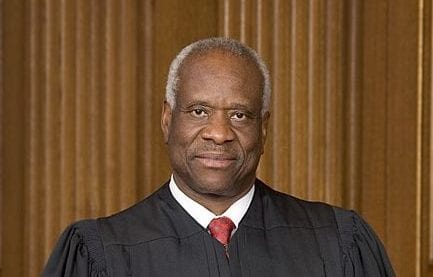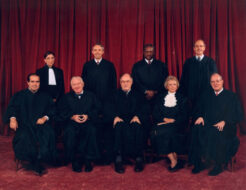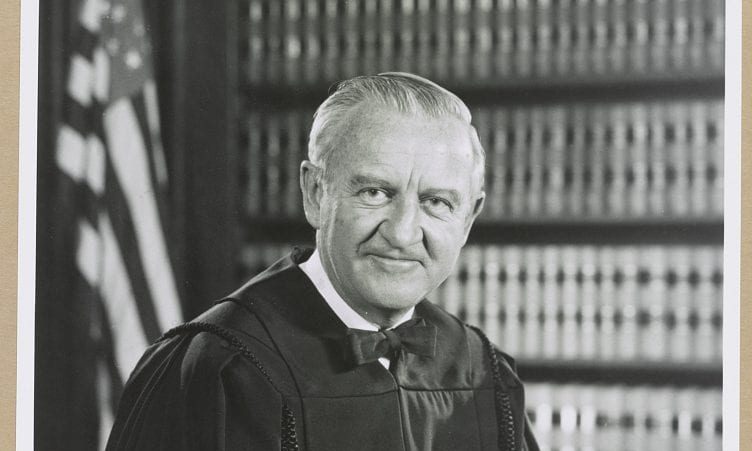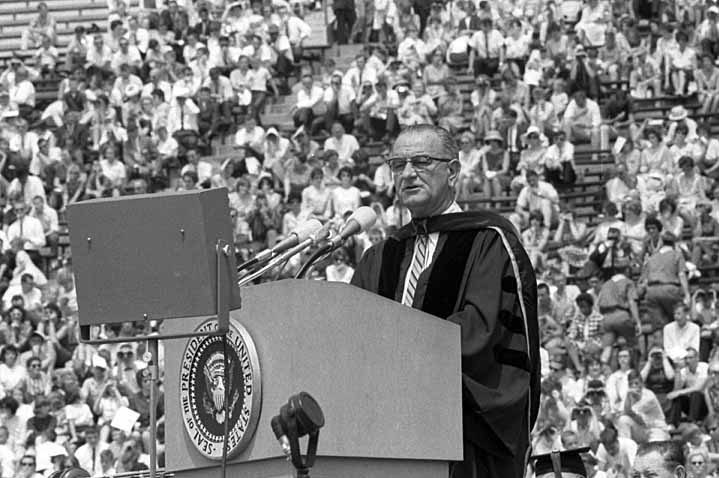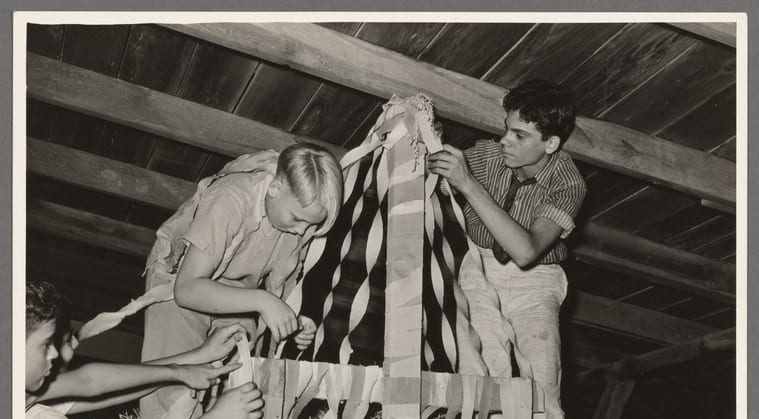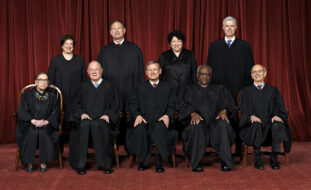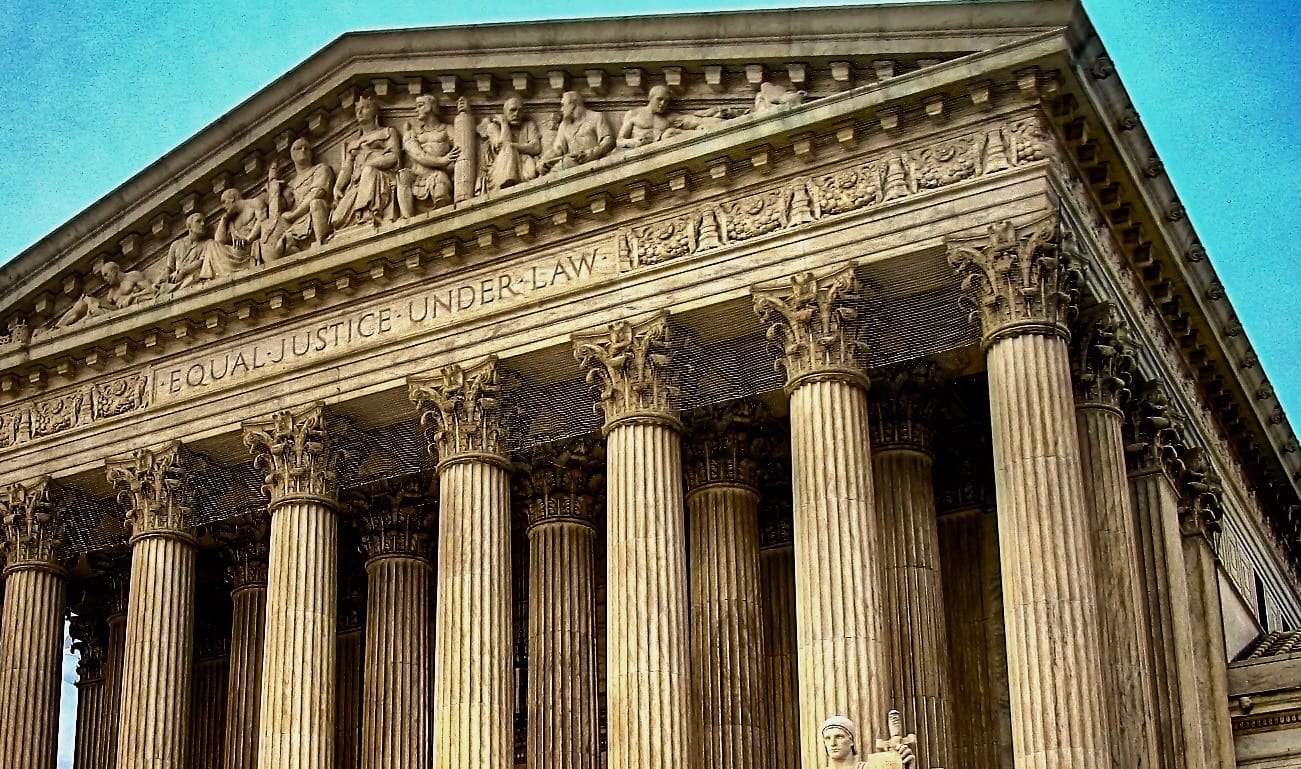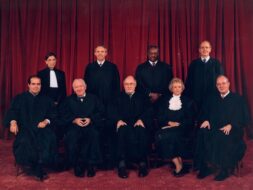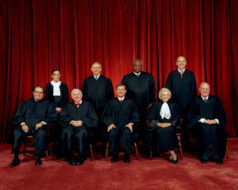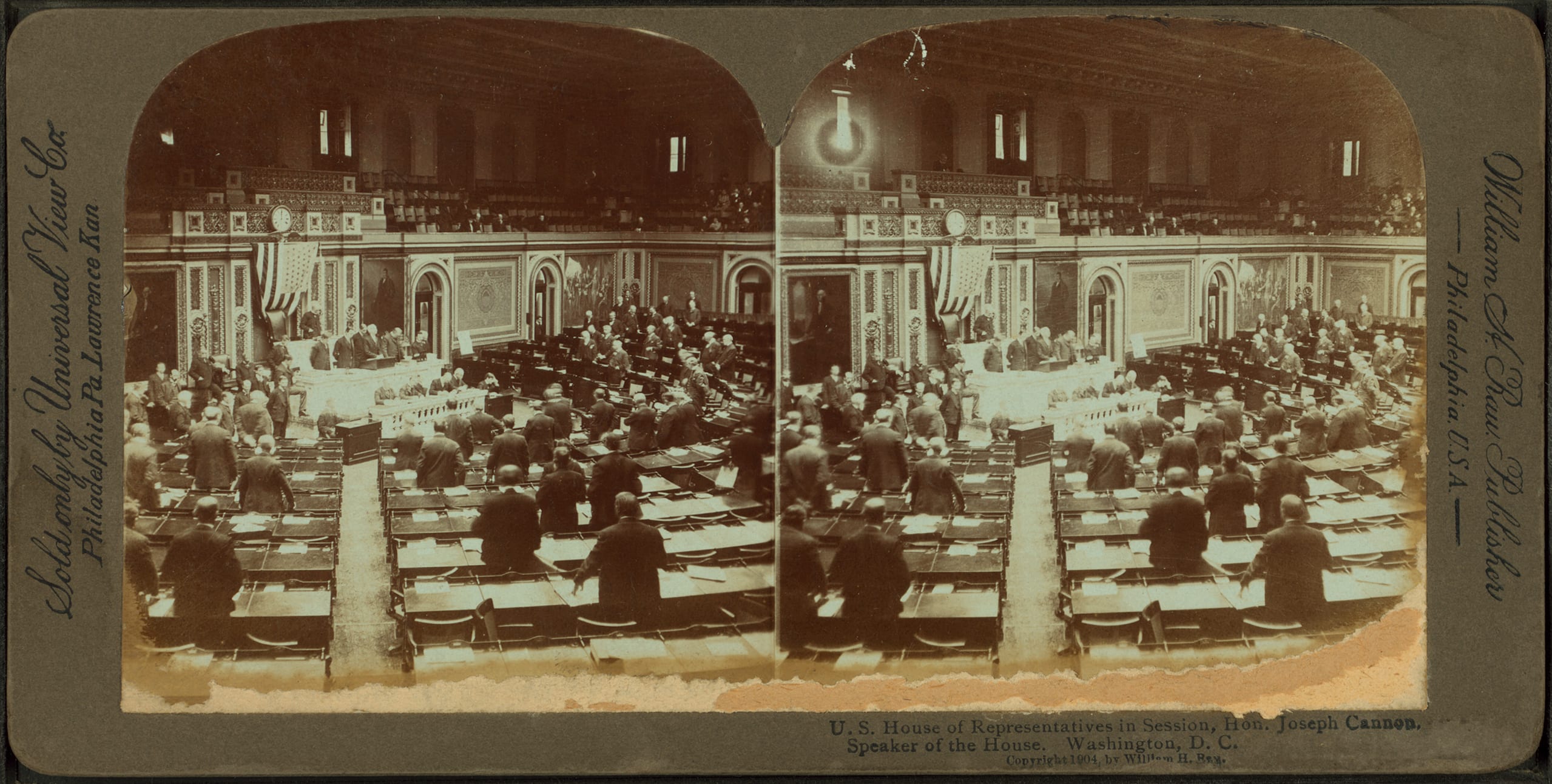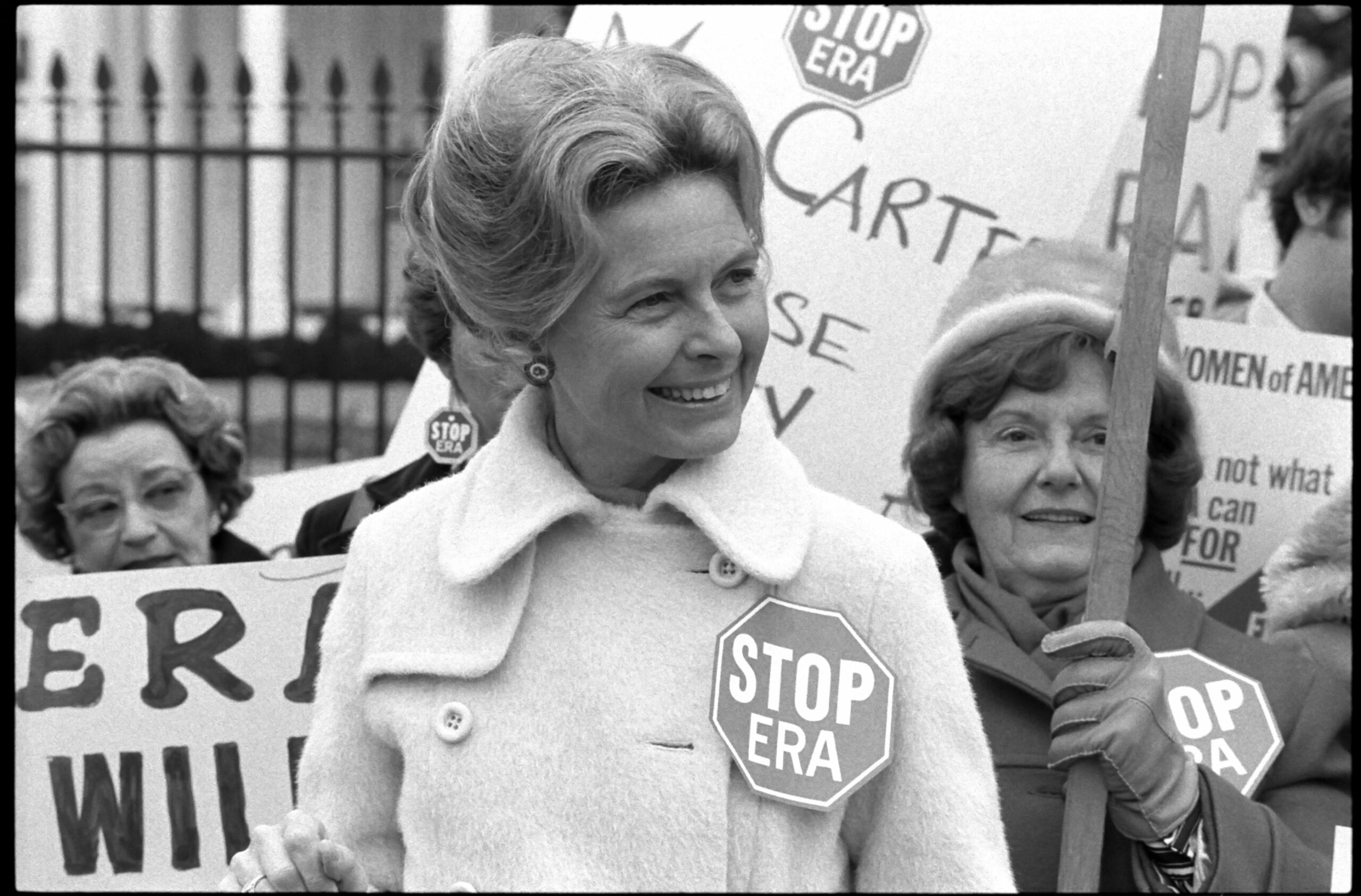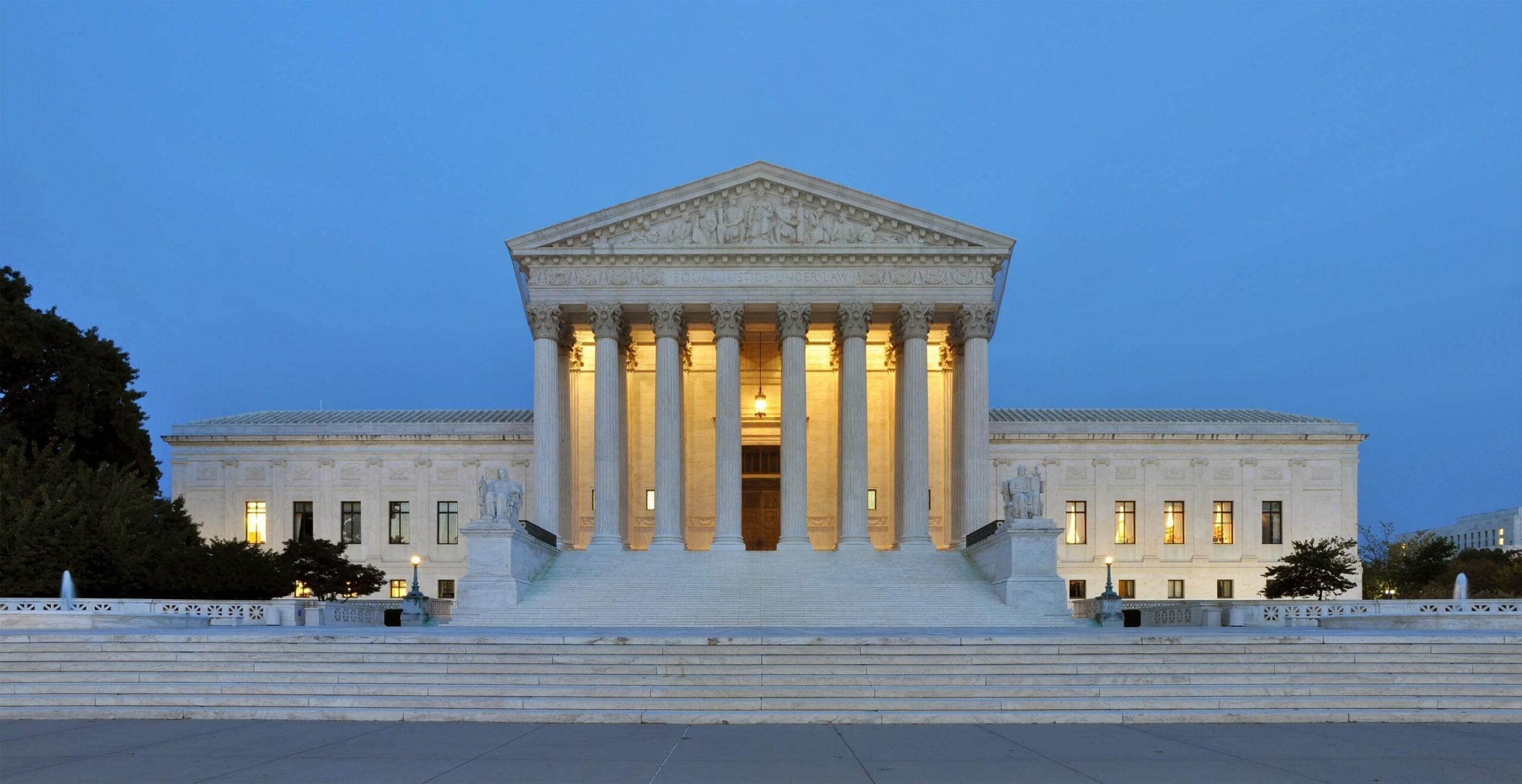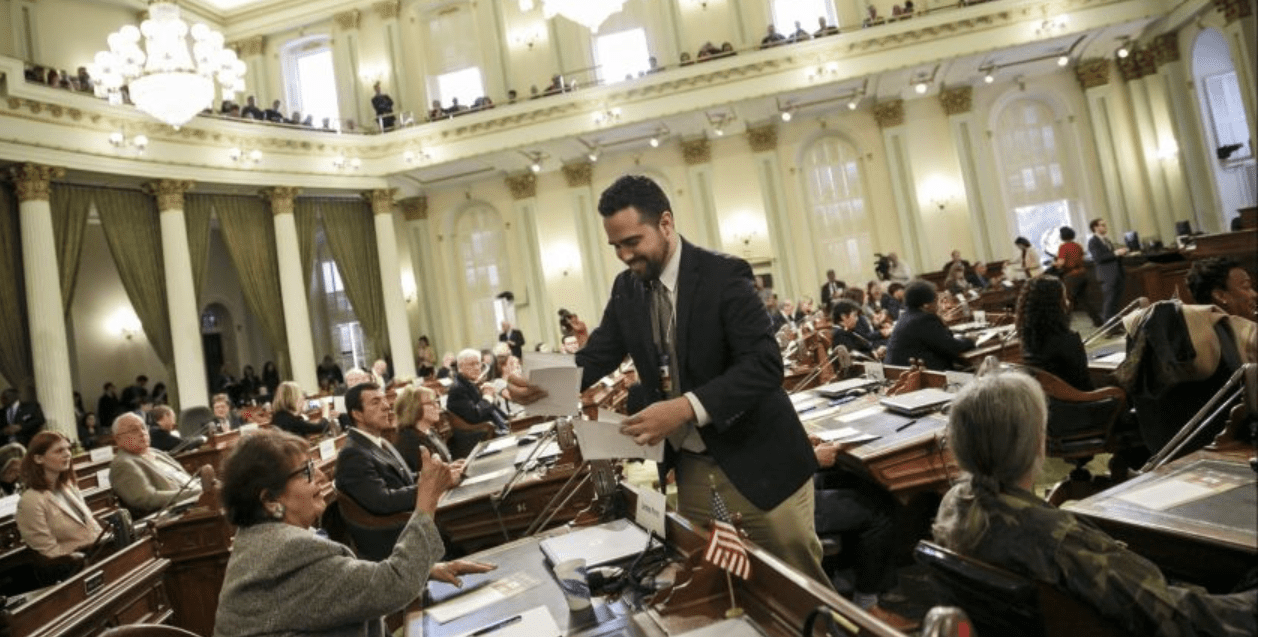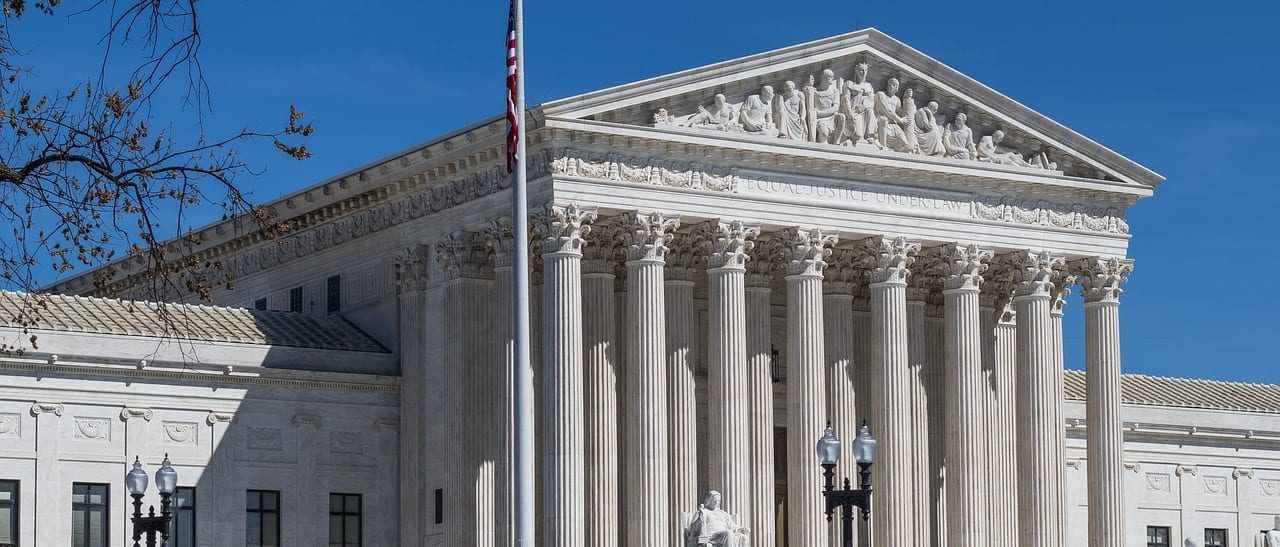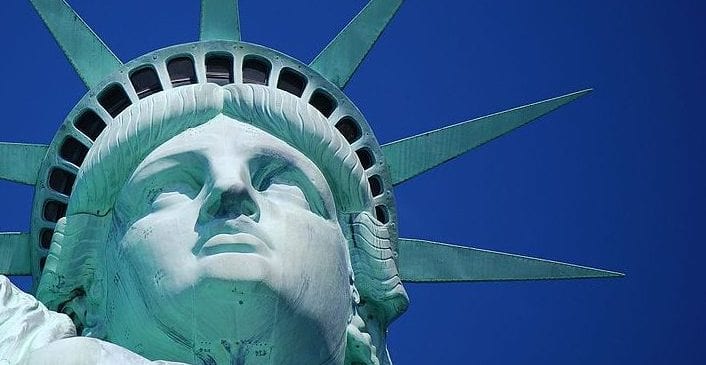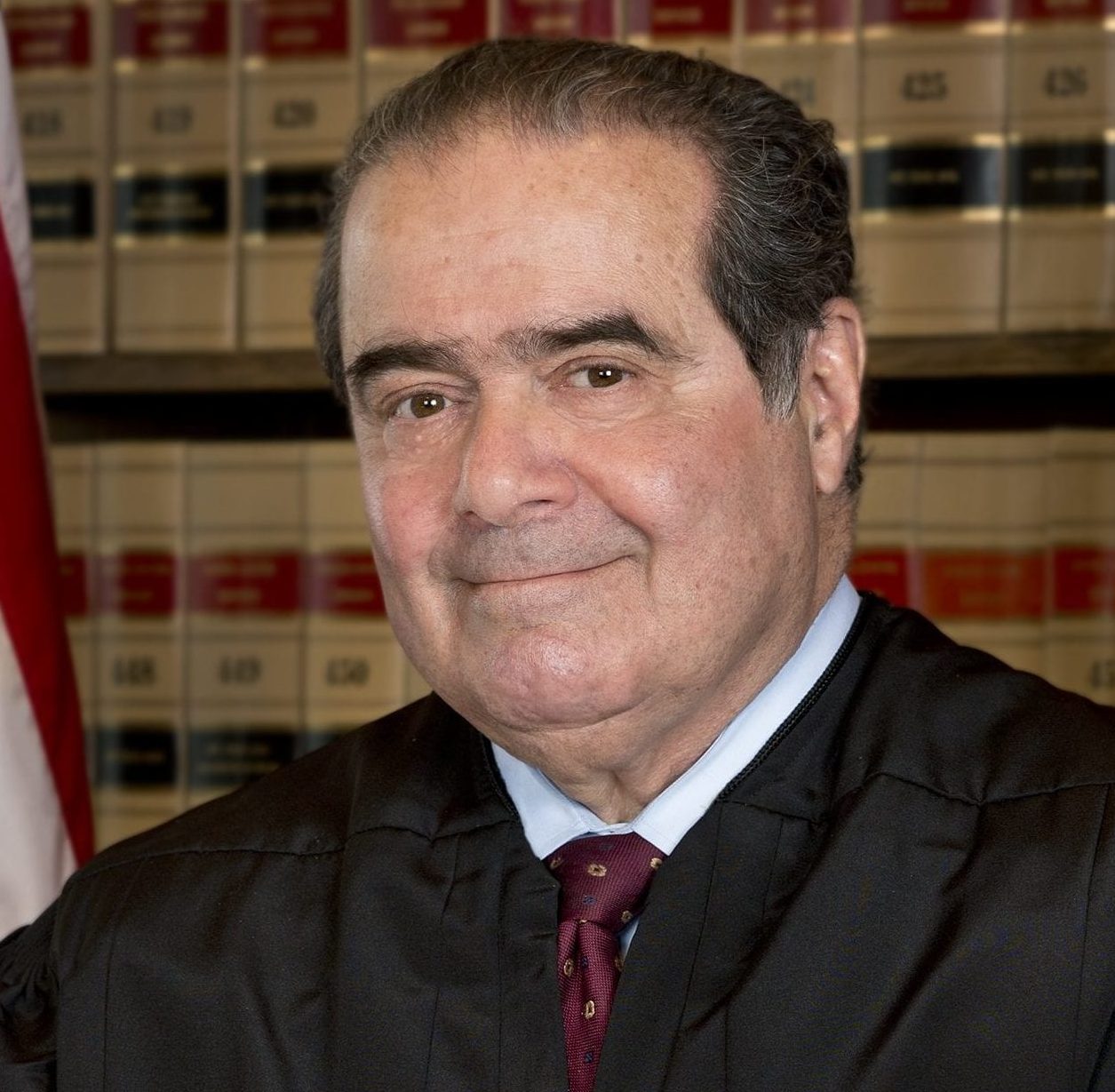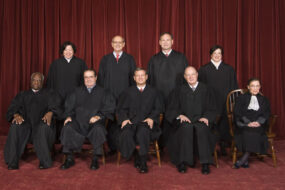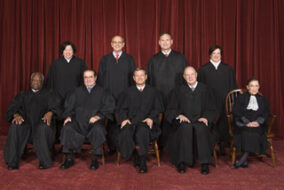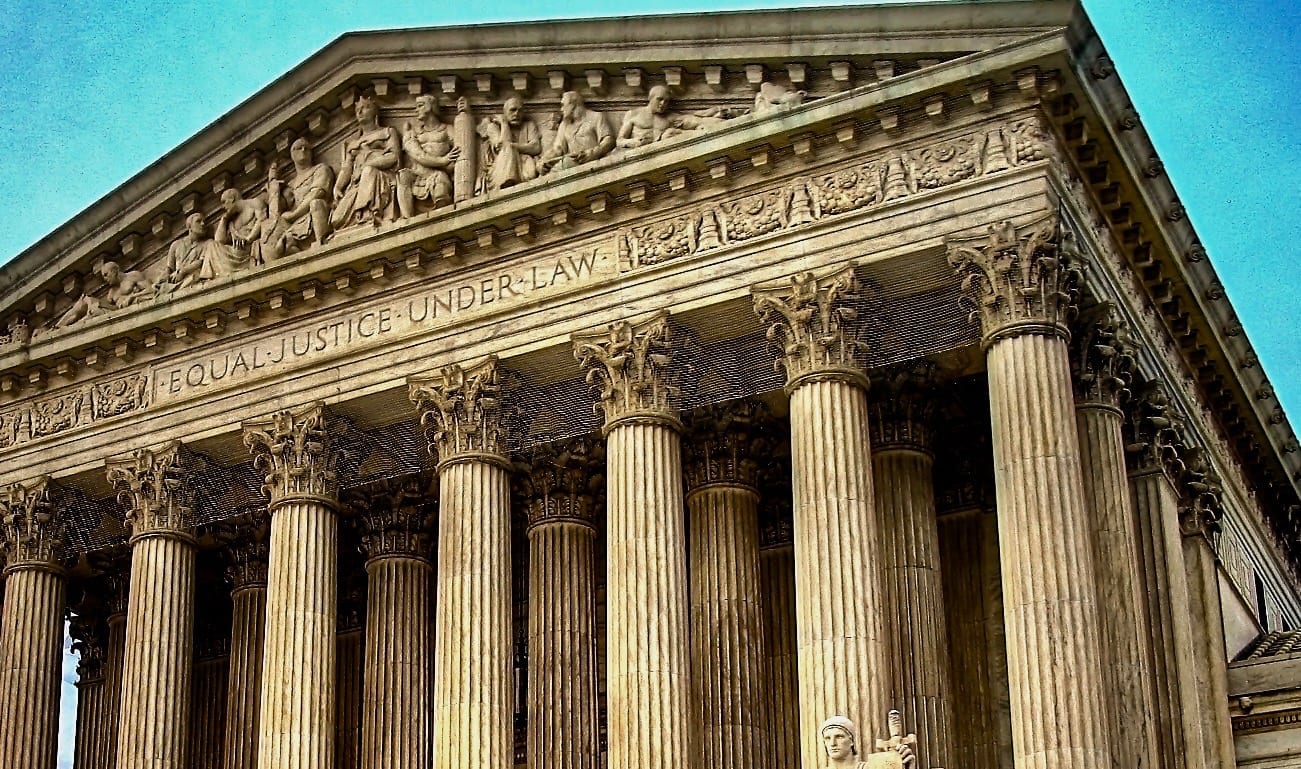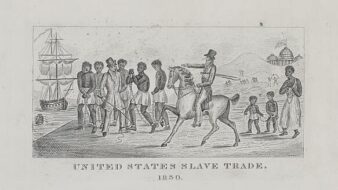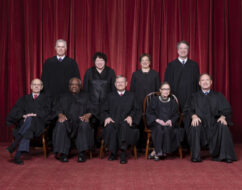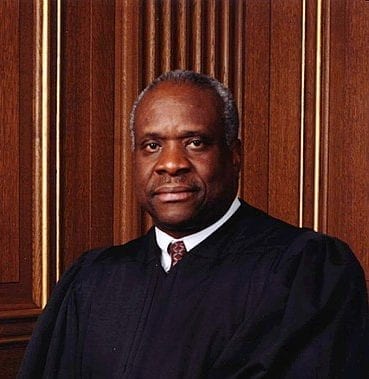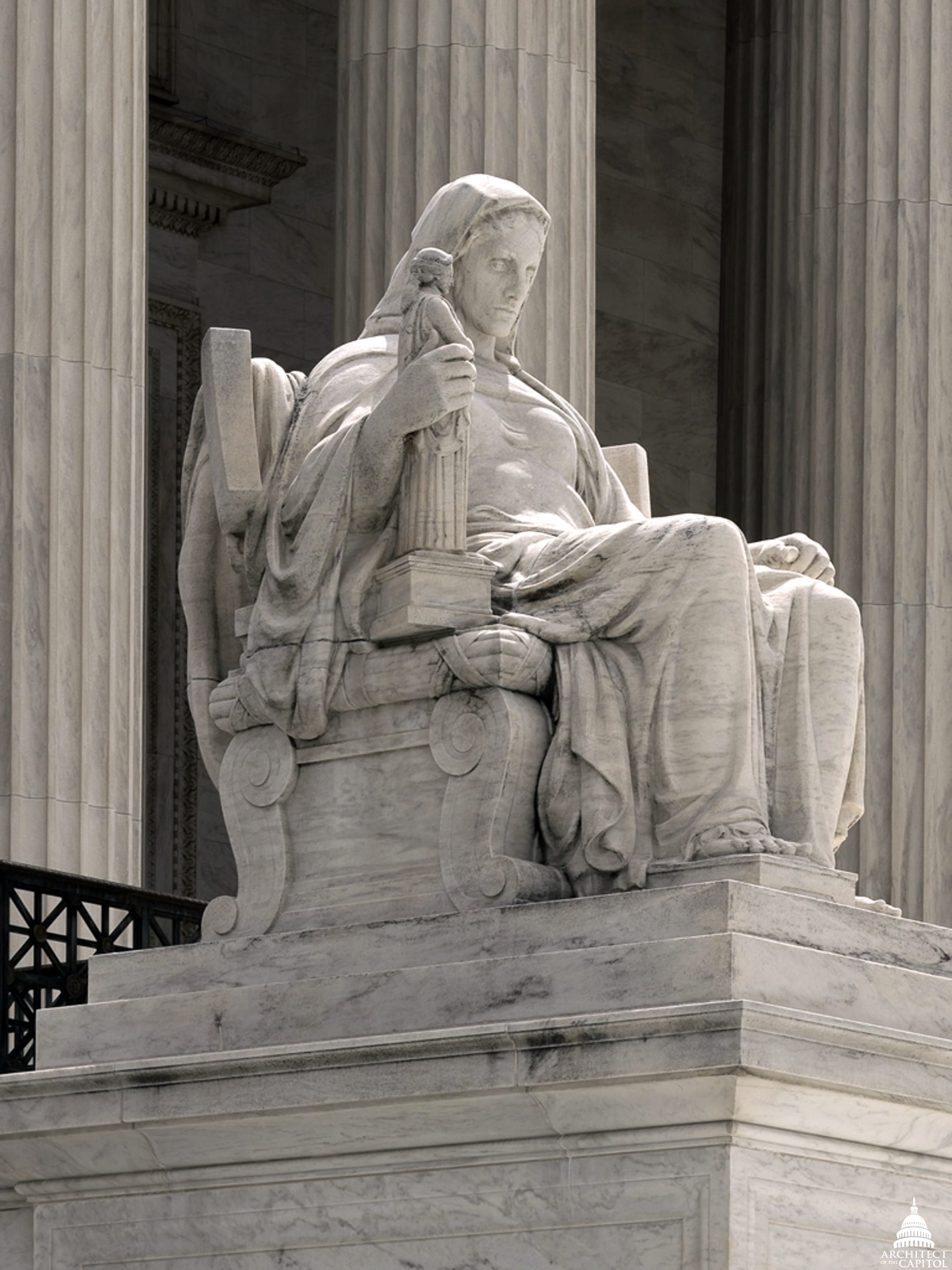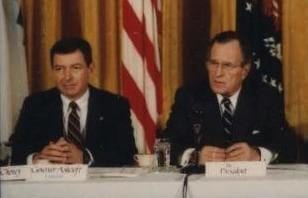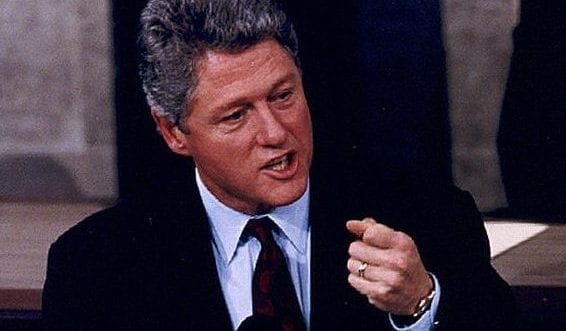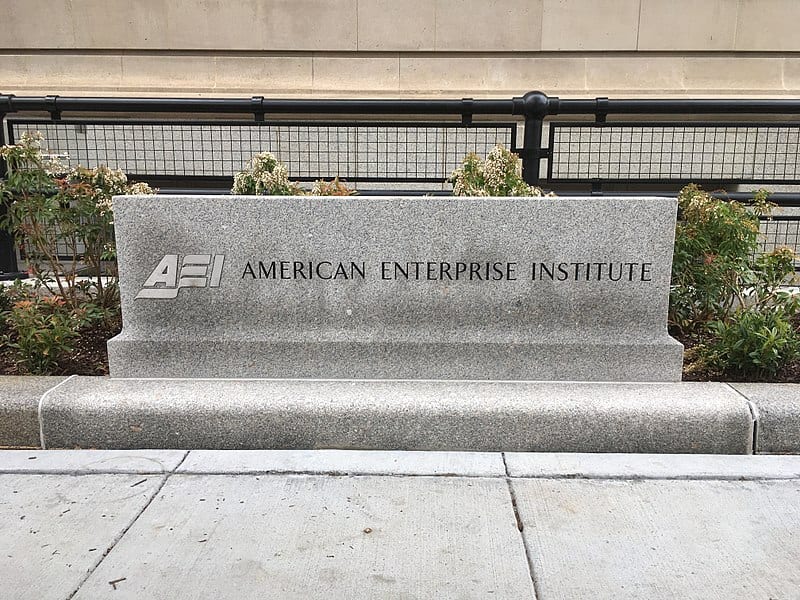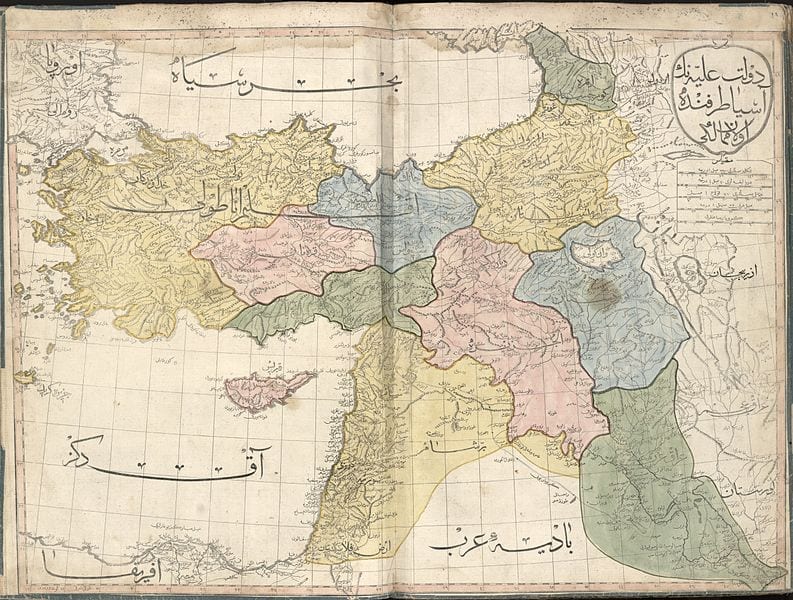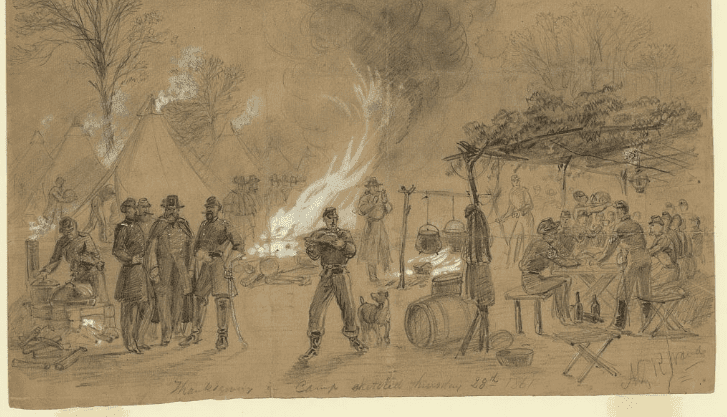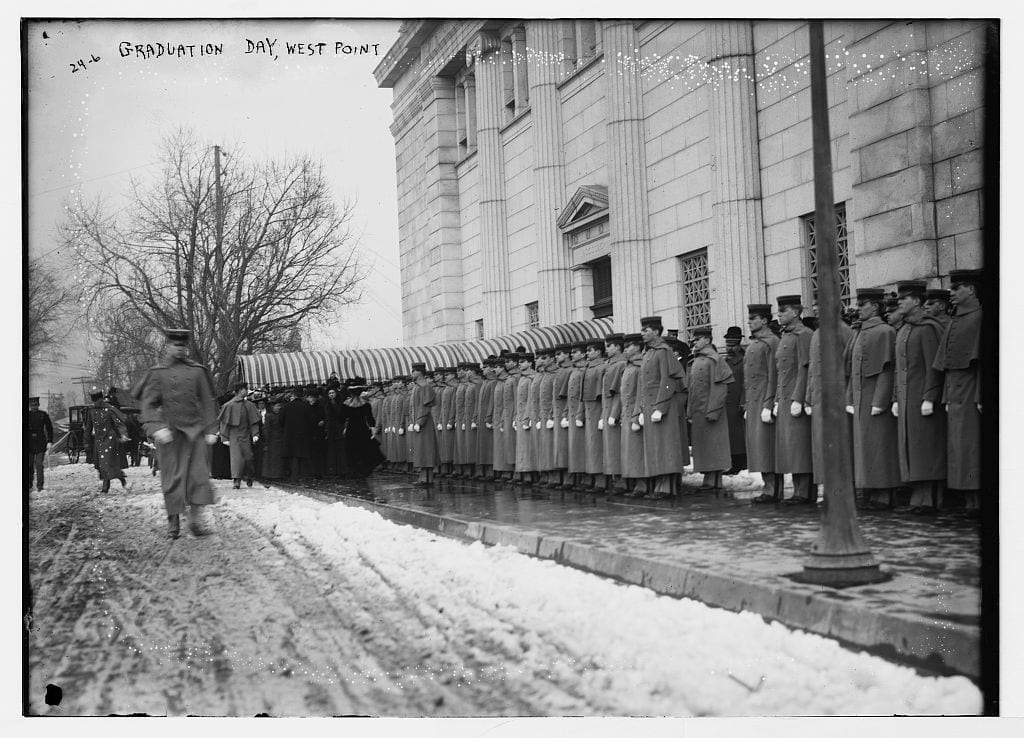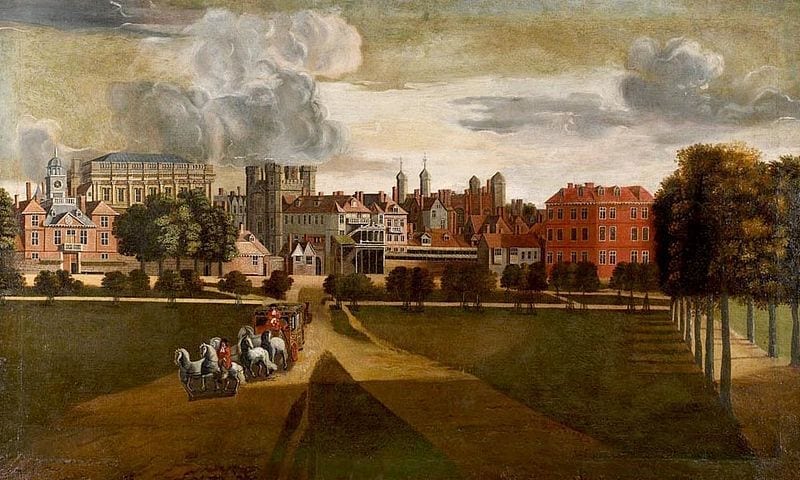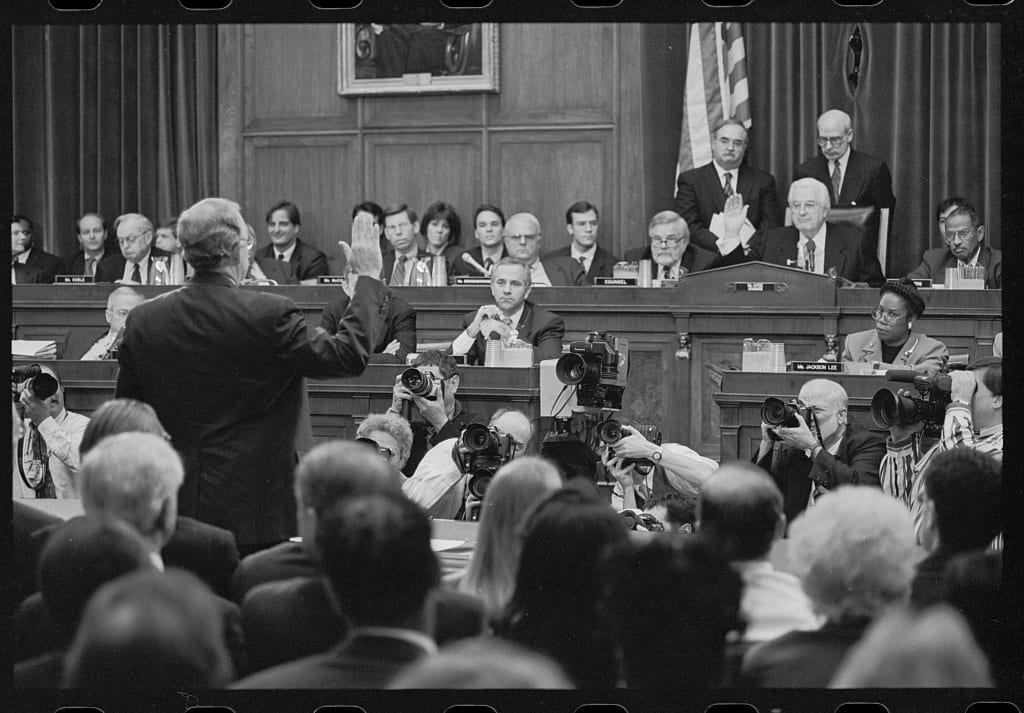
No study questions
No related resources
1777 Articles of Confederation
The national government had authority “of regulating trade and managing all affairs with Indians, not members of any of the states, providing the legislative right of any state within its own limits be not infringed or violated.” The thirteen original states, however, claimed land of undefined extent to their west. It was therefore unclear if there were Indians who were “not members of any of the states.”
1787 U.S. Constitution
Article 1, section 8 gave Congress the authority “to regulate commerce . . . with the Indian tribes.” This has come to be interpreted as giving Congress “plenary” (total or complete) power in Indian affairs. Indians were not taxed or counted in the census. Nor were they citizens.
1790 Trade and Intercourse Act
The Royal Proclamation of 1763 made clear that no individual person or individual colony could take or purchase land from Indians. There could be only one taker of land from Indians—the British Crown—and there was only one way to take it, and that was by treaty. With this act, the United States imposed the same restrictions on dealings with Indians, putting itself in the place of the Crown.
1803 Louisiana Purchase
After this enormous area was purchased from France, President Jefferson became the first person to suggest removing Indians from the East to the trans-Mississippi West. Though he quickly dropped the idea, thereafter Removal became part of public discourse.
1823 Johnson v. McIntosh
In this case, Chief Justice John Marshall established the principle of “aboriginal title” (the title that Indians had to their lands), which he defined as merely a right of occupancy. He also affirmed that farmers had a superior claim to land over hunters and gatherers. Finally, he incorporated the “doctrine of discovery” into U.S. law. This doctrine said that the European power that first “discovered” an area had a superior claim over all other European nations and had exclusive power to deal with the Indians in that area. After the Revolutionary War the United States stepped into the shoes of Great Britain; and following the Louisiana Purchase it stepped into those of France, from which it had purchased Louisiana.
1830 Indian Removal Act
Andrew Jackson owed his election to southerners and frontiersmen. He made removal of the “Five Civilized Tribes” of the South his first legislative priority. The Indian Removal Act gave the president authority to negotiate removal treaties with the tribes. It also gave him the authority to organize an Indian Territory out of the Arkansas Territory and provided funds for the process.
1831 Cherokee Nation v. Georgia
When the state of Georgia passed legislation extending its laws over the Cherokee Nation, the Cherokee sued in federal court. Article III, section 2 of the Constitution gave the Supreme Court original jurisdiction in cases brought against a state by a foreign nation. Chief Justice Marshall ruled that the High Court did not have jurisdiction, because the Cherokee were not a foreign nation but were instead a “domestic dependent nation” (“domestic” because they existed within the territory of the United States and “dependent” because they were dependent on the federal government). The Court therefore did not have jurisdiction to decide the case.
1832 Worcester v. Georgia
Georgia passed a law that required any white person working in the Cherokee Nation to take out a license from the state. The law was aimed primarily at missionaries who supported the Cherokee in their efforts to avoid Removal. Samuel Worcester refused to get a license, was convicted of a crime, and was sent to prison. He then sued for a writ of habeas corpus. Chief Justice Marshall ruled that the laws passed by Georgia purporting to extend the state’s laws over the Cherokee Nation violated treaties and the U.S. Constitution, which gave the federal government exclusive authority over Indians. Georgia’s laws were thus null and void. President Jackson refused to enforce the Court’s decision.
1849 U.S. Department of the Interior founded
With the establishment of the Department of the Interior, the Bureau of Indian Affairs and authority over Indians were transferred from the Department of War to the new department.
1879 Standing Bear v. Crook
This case established that American Indians were legal persons under U.S. law and could not be confined to reservations involuntarily.
1883 Courts of Indian Offenses
Under the Rules for Courts of Indian Offenses (Document 26), the Department of the Interior made the practice of Native religions and certain other cultural practices (such as polygamy) illegal. Though the rules remained in force from 1883 until 1934, there were some changes over time. For instance, in 1906 the practice of Native religions was made legal for any Indian over fifty years of age. As with boarding schools, the federal government set its highest priority on children to break the chain of cultural transmission.
1883 Ex Parte Crow Dog
Crow Dog, a former Indian policeman, shot and killed Spotted Tail, a Lakota chief accused of a crime. The tribal council dealt with the death in the traditional way: Crow Dog was required to give Spotted Tail’s family a number of horses as restitution. Crow Dog was subsequently tried in federal court for murder, convicted, and sentenced to hang. He then filed for a writ of habeas corpus. The Supreme Court ruled that the federal courts had no jurisdiction over Indian-against-Indian crimes on reservations because Congress had not passed a law granting the courts that jurisdiction. In making this ruling, the Court invoked the plenary power of Congress in Indian affairs.
1885 Major Crimes Act
In response to the Supreme Court’s holding in Ex Parte Crow Dog, Congress passed this act making important crimes, like murder, committed on reservations (in 1885, seven crimes; today fifteen) federal crimes to be tried in federal court.
1887 Dawes Act
Also known as the General Allotment Act, the law provided for dividing communally held reservation lands into small individual parcels of private property. The goal was to encourage Indian men to be farmers and to prepare them for citizenship. Land in excess of that needed to give all Indians allotments was declared surplus by the federal government and opened up for settlement under the Homestead Act. As a result of allotment, between 1887 and 1934 (when it was halted), almost 70 percent of the remaining Indian land was lost.
1891 Indian Depredations Act
In the aftermath of the Wounded Knee Massacre, Congress passed the Indian Depredations Act to provide for compensation to settlers for injuries and losses suffered as the result of Indian actions. It is deeply ironical that the massacre of nearly three hundred Indians spurred Congress to pass legislation compensating whites for damages done by Indians, while Indian claims continued to meet with often insurmountable obstacles.
1898 Curtis Act
The terms of their treaties with the federal government exempted the so-called Five Civilized Tribes (Cherokee, Choctaw, Chickasaw, Muscogee Creek, and Seminole) in Indian Territory from the land allotment system imposed by the Dawes Act. This act, authored by Charles Curtis, a member of Congress who was himself a member of the Kaw or Kansa tribe, amended the Dawes Act and applied allotment to the Five Tribes. It also provided for the abolition of the tribes’ governments and courts in 1906 prefatory to Oklahoma statehood.
1903 Lone Wolf v. Hitchcock
Lone Wolf was a chief of the Kiowa who opposed assimilation. He sued the United States on behalf of his people, contending that allotment violated the Kiowas’ Treaty of Medicine Lodge. The Supreme Court ruled that the plenary power given to Congress meant that it could abrogate a treaty at any time when conditions changed. This case represents the low point of federal Indian law. All that remained was the plenary power of Congress and an ill-defined notion of the federal government’s trust responsibility toward the Indigenous inhabitants of the nation.
1908 Winters v. United States
Water law in the western United States is markedly different from that in the East. In the East, landowners have “riparian” rights; that is, a person who has water on their property or adjacent to it may use that water. The system in the West is one of “prior appropriation.” Rights to water belong to the first person who puts it to beneficial use. That person may continue to use the quantity of water first appropriated. If that person uses less than that amount, however, the appropriation is reduced accordingly. In this landmark decision, the Supreme Court ruled that Indian water rights on reservations begin on the date the reservation is created and are in an amount sufficient to fulfill the purposes of the reservation (i.e., agriculture). And tribes get that amount in perpetuity without reduction. In the West, where water is scarce, the ruling gives tribes a great deal of political power.
1924 Indian Citizenship Act
It is a common misapprehension that prior to this act American Indians were not U.S. citizens. In fact, the law applied only to the roughly one-third of Indians who were not already citizens. Most had already become citizens through a variety of ways (one way being service in the military). Congress passed the act over the objection of some tribes.
1934 Indian Reorganization Act
The goal of federal Indian policy during the nineteenth century was assimilation into American society and culture. This act, the centerpiece of President Franklin Roosevelt’s Indian New Deal, was a marked departure. It encouraged retention of cultural traditions and authorized tribal nations to govern themselves, subject to supervision by the Bureau of Indian Affairs.
1941 Handbook of Federal Indian Law
Lone Wolf v. Hitchcock virtually eliminated federal Indian law, leaving only the plenary power of Congress and a vague notion that the federal government had a trust responsibility toward Indians. In 1941, Felix Cohen, a lawyer for the Department of the Interior, published The Handbook of Federal Indian Law, meant to be a summary of all federal law relating to Indians. The book proved to be very influential, and Cohen is credited with single-handedly reinjecting a concept of tribal national sovereignty into federal Indian law.
1946 Indian Claims Commission Act
Following World War II, powerful political forces wanted to return federal Indian policy to one of aggressive assimilation in order to get the federal government out of “the Indian business.” This act created a special tribunal called the Indian Claims Commission. Under its terms, Indians would have five years to file their land claims, and the commission would then have ten years to try those claims. After that, Indians would no longer be allowed to file claims. It did not turn out that way. The commission’s life was extended a number of times until 1978, when its remaining cases were transferred to the regular U.S. Court of Claims. Indian claims continue to the present day.
1953 Termination Acts
In the postwar years Congress passed six laws that furthered its policy of Termination and Relocation. In an effort to solve the “Indian problem” and get the federal government out of managing Indian affairs, these laws terminated the government-to-government relationship between the federal government and numerous tribal nations, essentially legislating the tribes out of existence. This assault on tribal national sovereignty was extremely unpopular among Indians. The policy was finally halted by President John F. Kennedy. The tribal nations that were terminated have since regained federal recognition.
1970 Special Message on Indian Affairs
Though President Kennedy ended Termination and Relocation, neither he nor President Lyndon Johnson put any policy into effect in its place. In this special message to Congress, President Richard Nixon announced his new Indian policy of Self-Determination. The pendulum swung away from coercive assimilation again and toward encouraging tribal nation governments to manage their own affairs. Self-Determination remains federal policy to this day.
1974 Morton v. Mancari
Pursuant to the Indian Reorganization Act (1934), the Bureau of Indian Affairs had a hiring and promotion preference for Indians. A group of non-Native employees sued, claiming the practice was an improper “racial preference.” The Supreme Court disagreed. The Court said that it was not a racial preference but a preference for members of a political group, and that it was rationally suited to fulfilling the federal government’s trust responsibility toward Native Americans. The decision became a lynchpin of modern federal Indian law, serving as the basis for other preferences in hiring, education, and awarding of contracts. The decision was explicitly reaffirmed in 1999 in Rice v. Cayetano.
1978 American Indian Religious Freedom Act
Native American religious practices were illegal between 1883 and 1934. Even after the end of the so-called Religious Crimes Code, federal officials and agencies prevented access to sacred sites and prohibited certain practices (for instance, in prisons). AIRFA sought to remedy this. Supreme Court decisions in 1988 and 1990 ruled that AIRFA was merely a statement of policy and did not create an enforceable right. Congress amended the act in 1994 to clarify the rights of Native Americans.
1988 Lyng v. Northwest Cemetery Protective Association
When the U.S. Forest Service proposed to build a logging road through an area used for ceremonies and considered sacred by three California tribal nations (Yurok, Karuk, and Tolowa), the tribes brought suit, claiming the road would interfere with the practice of their religions. The Supreme Court disagreed, saying that the proposed road would not prevent any practice, although it might make it more difficult. The Court also found that the American Indian Religious Freedom Act was only a statement of policy and did not prohibit the government from taking action regarding its lands.
1988 Indian Gaming Regulatory Act
In California v. Cabazon Band of Mission Indians (1987), the Supreme Court ruled that states lacked the authority to prohibit gambling on reservations. In response to the states’ fears of unfettered gambling, Congress passed this legislation to regulate gaming operations. The law requires tribal nations to negotiate compacts with the states in which they propose to open a casino, setting the terms of operation.
1990 Employment Division v. Smith
Alfred Leo Smith and Galen Black were members of the Native American Church, a syncretic religion that uses peyote (a mild hallucinogen) as a sacrament during its ceremonies. In the late 1980s they were fired from their jobs for drug use. When they filed for unemployment benefits, the state of Oregon rejected their applications, saying they had been fired “for cause.” The men then filed suit, claiming Oregon’s actions violated their freedom of religion. The Supreme Court disagreed, saying the First Amendment did not prohibit states from passing laws infringing on religious practices, provided such laws did not target a specific religion. In response to the decision, Congress passed the Religious Freedom Restoration Act in 1994.
2020 McGirt v. Oklahoma
In 1997 Jimcy McGirt, a citizen of the Seminole Nation, was convicted in Oklahoma state court of a crime against another Seminole. When the case reached the Supreme Court, the Court ruled that because the crime had been committed on lands set aside for the Seminoles at the time of Removal, the Major Crimes Act applied, and McGirt had been wrongfully tried in state court. The decision upended more than a century of assumptions that the reservations of the so-called Five Civilized Tribes had been terminated by the Curtis Act in 1898 and the Oklahoma Enabling Act of 1906. McGirt was the most important decision on Indian sovereignty since California v. Cabazon Band of Mission Indians more thirty years earlier.

Conversation-based seminars for collegial PD, one-day and multi-day seminars, graduate credit seminars (MA degree), online and in-person.

Our Core Document Collection allows students to read history in the words of those who made it. Available in hard copy and for download.
